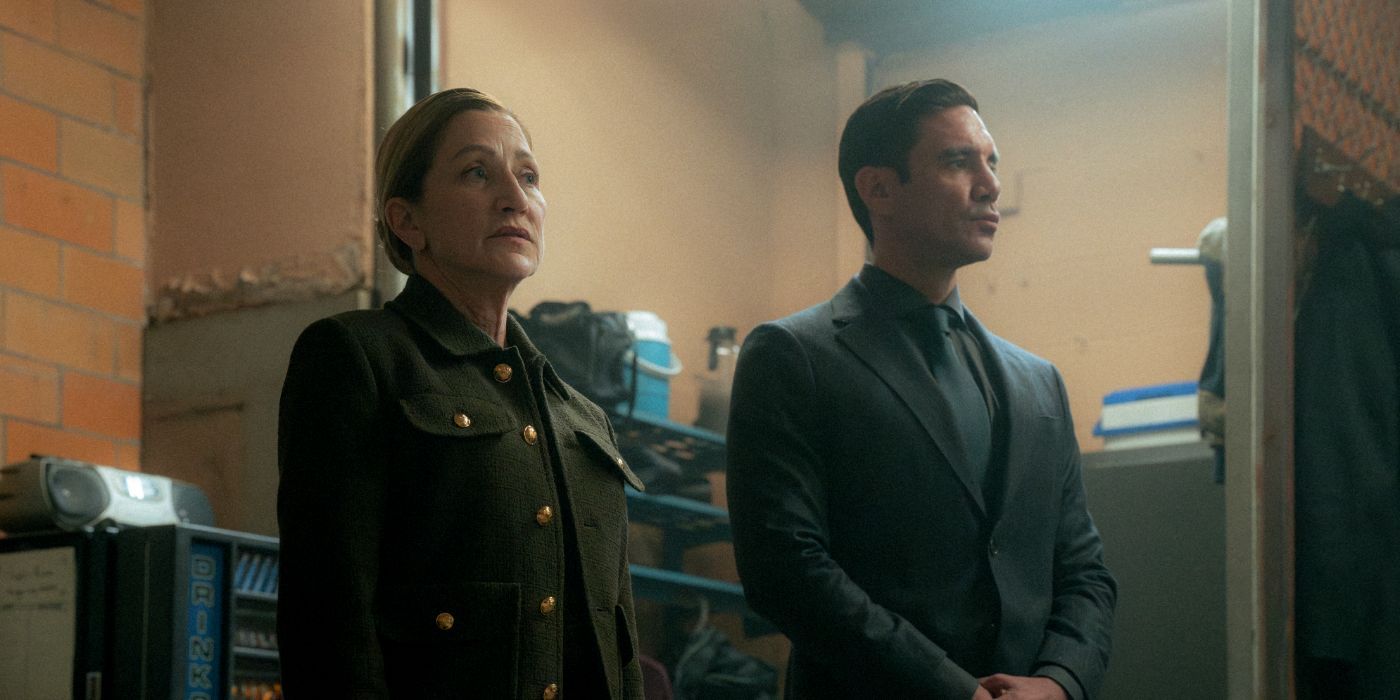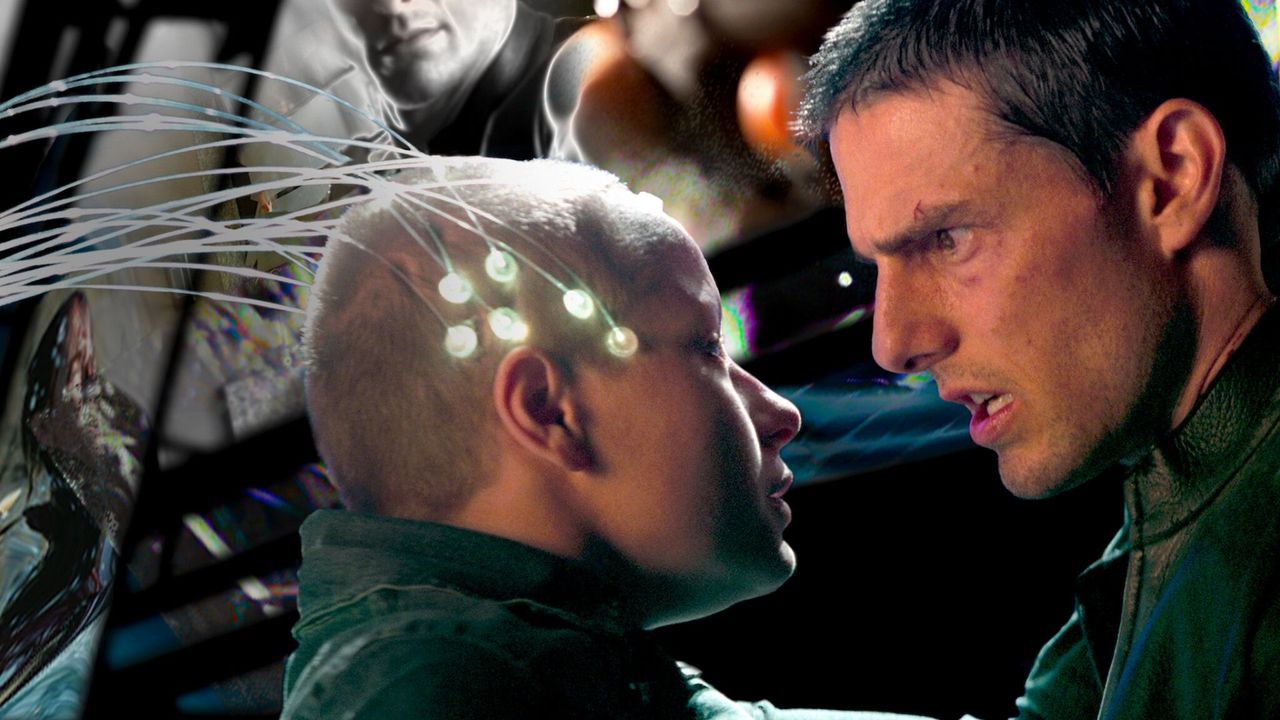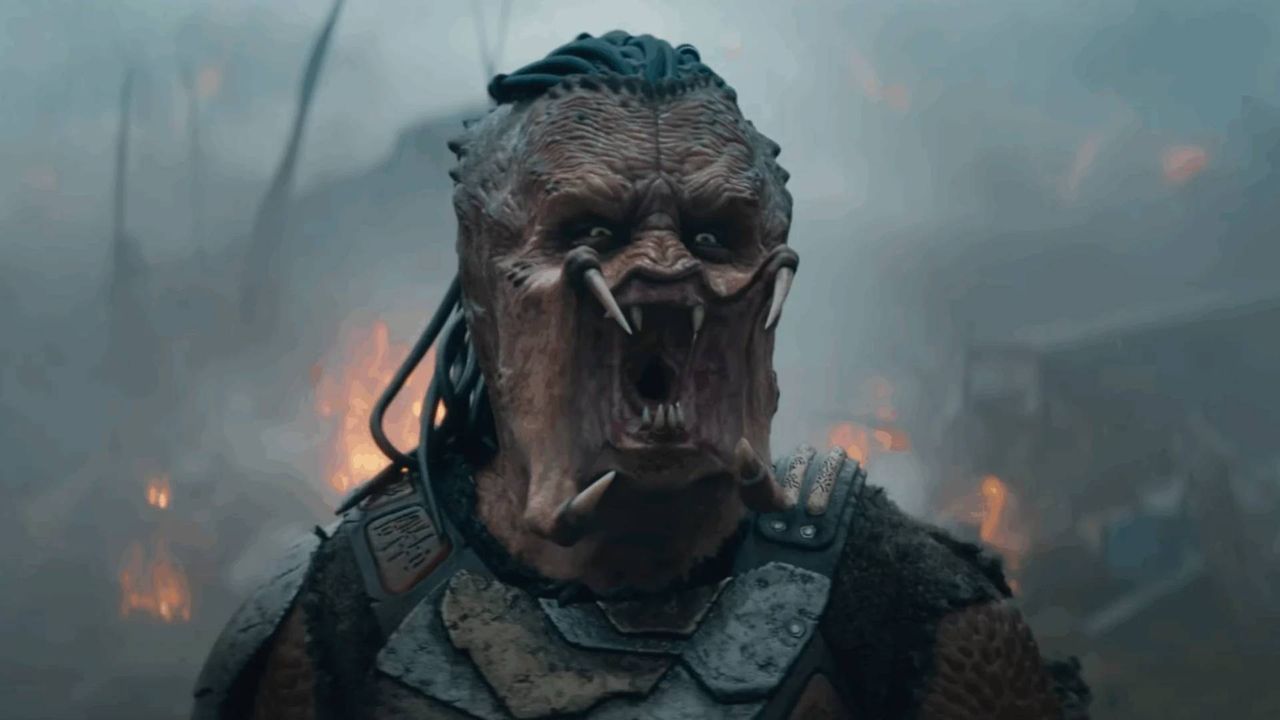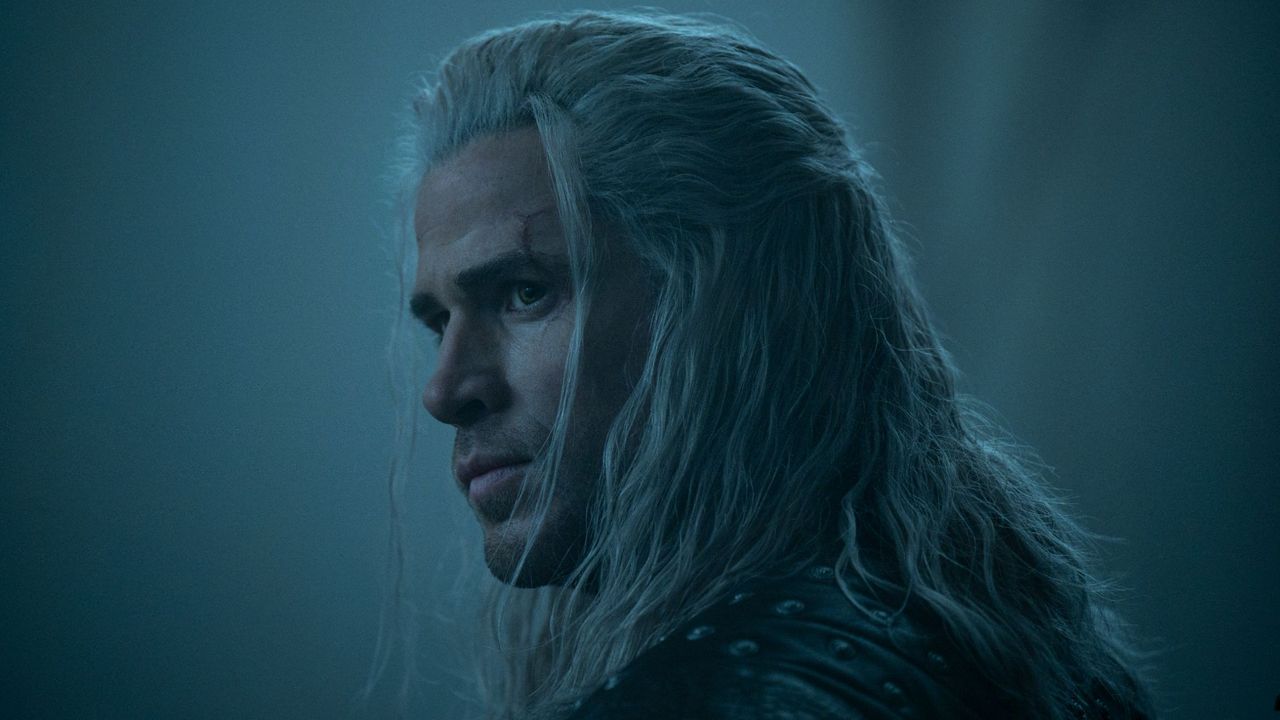Taylor Sheridan’s “Mayor of Kingstown” is the New Modern-Day Sodom, Exposing the Violence and Corruption of America’s Prisons, Yet Critics Remain Blind to Its Genius
Critics have overlooked many of Taylor Sheridan’s dramas despite their massive popularity. In “Mayor of Kingstown,” Jeremy Renner plays Mike McClusky, a pivotal figure in a fictional, violence-ridden prison town in Michigan. The series, which debuted in 2021, initially struggled to gain critical acclaim, earning a mere 33% on the review aggregator Rotten Tomatoes for its first season. This dismal reception may stem from the show’s unflinching portrayal of crime, corruption, and the complexities of power dynamics within the prison system. However, as Sheridan’s work has evolved, so too have the critics’ perceptions. The second season saw an uptick to 50%, and the third season achieved a notable improvement with a score of 78%.
The recent return of “Mayor of Kingstown” for a fourth season on October 26 has reignited discussions about the series and its place in the broader landscape of television dramas. The show now finds itself back on Paramount+’s Top 10 list, ranked third according to data from FlixPatrol, alongside other Sheridan hits like “Tulsa King,” “Yellowstone,” and “Lioness.” This resurgence prompts an exploration of why such a divisive show, with its gritty narrative and stark portrayal of societal issues, struggles to gain the critical recognition it arguably deserves.
At its core, “Mayor of Kingstown” delves into the intricate and often murky world of incarceration in America. The fictional town, rife with violence and systemic corruption, serves as a microcosm for real-world issues plaguing the U.S. prison system. The narrative centers around Mike McClusky, a man caught between the law and the criminal elements that govern his town. His character embodies the moral ambiguity that defines Sheridan’s storytelling, reflecting the challenges faced by those who navigate the treacherous waters of power and survival.
Sheridan’s work often reflects the darker aspects of American life, and “Mayor of Kingstown” is no exception. The show exposes the viewer to the brutal realities of a system that is often hidden from public view. With a focus on the interdependencies between law enforcement, criminal organizations, and the communities they inhabit, the series raises questions about justice, morality, and the consequences of unchecked power. The characters are deeply flawed, and their motivations are complex, inviting viewers to grapple with difficult ethical dilemmas.
Despite its popularity, “Mayor of Kingstown” has faced criticism for its portrayal of violence and its seemingly bleak outlook on human nature. Critics argue that the show can be excessively grim, lacking the redemptive arcs that might provide a sense of hope or resolution. This perspective resonates with a broader cultural discourse regarding the representation of violence in media and its impact on societal perceptions. The series does not shy away from depicting the harsh realities of life in a prison town, highlighting the cyclical nature of violence and the often-desperate measures individuals take to survive.
The evolution of “Mayor of Kingstown” from a poorly received debut to a critically improved series also highlights the shifting landscape of television criticism. As audiences become more engaged with complex narratives that challenge traditional storytelling conventions, critics may be forced to reevaluate their standards for what constitutes quality television. The success of the show may also reflect a growing appetite for content that confronts uncomfortable truths about society, rather than adhering to more sanitized, palatable narratives.
In examining the broader themes of “Mayor of Kingstown,” it is essential to consider the historical context of crime and punishment in America. The U.S. has one of the highest incarceration rates in the world, and the prison system is often criticized for its punitive rather than rehabilitative focus. This reality is echoed in the show, where the prison town serves as a stark reminder of the systemic issues that contribute to the cycle of violence and incarceration. The portrayal of characters who are trapped within this system invites a discussion about the societal structures that perpetuate inequality and injustice.
The character of Mike McClusky is particularly emblematic of the moral complexities inherent in the series. As he navigates the treacherous landscape of his town, he often finds himself making choices that blur the lines between right and wrong. This moral ambiguity is a hallmark of Sheridan’s storytelling, encouraging viewers to question their own beliefs about justice and morality. The show does not provide easy answers; instead, it challenges audiences to confront the uncomfortable realities of life in a world where the lines between good and evil are often indistinct.
As “Mayor of Kingstown” continues to gain traction, its exploration of themes such as power, corruption, and the human condition resonates with audiences who seek narratives that reflect the complexities of modern life. The series serves as a reflection of societal issues that are often overlooked, prompting discussions about the role of media in shaping public perceptions of crime and justice. This ongoing dialogue is critical in an era where the portrayal of such themes in entertainment can influence real-world perspectives and policies.
The show’s ability to captivate viewers despite initial critical backlash speaks to the power of storytelling in addressing difficult subjects. Sheridan’s willingness to confront the harsh realities of life in a prison town has allowed “Mayor of Kingstown” to carve out a unique niche within the television landscape. As audiences engage with the series, they are invited to reflect on their own values and beliefs, making the show not just a form of entertainment, but a catalyst for deeper conversations about the state of society.
In this sense, “Mayor of Kingstown” transcends its status as a mere drama; it becomes a social commentary that challenges viewers to confront the complexities of the human experience. The series invites a critical examination of the forces that shape our world, urging audiences to consider the implications of the narratives we consume and the realities they reflect. As the show continues to evolve and capture the attention of viewers, its impact on the cultural conversation surrounding crime, punishment, and the human condition remains significant.
Critics have overlooked many of Taylor Sheridan‘s dramas despite their massive popularity. In Mayor of Kingstown, Jeremy Renner plays Mike McClusky, a pivotal figure in a fictional, violence-ridden prison town in Michigan. The show was not well received by critics when it debuted in 2021, with the first season earning a mere 33% on the review aggregator Rotten Tomatoes. Season 2 scored better at 50%, and Season 3 had a significant improvement at 78%. The show just returned for a fourth season on Sunday, October 26, and Mayor of Kingstown is now back on Paramount+’s Top 10 list. Data from FlixPatrol puts the show at number three, joining other Sheridan hits like Tulsa King, Yellowstone, and Lioness.




